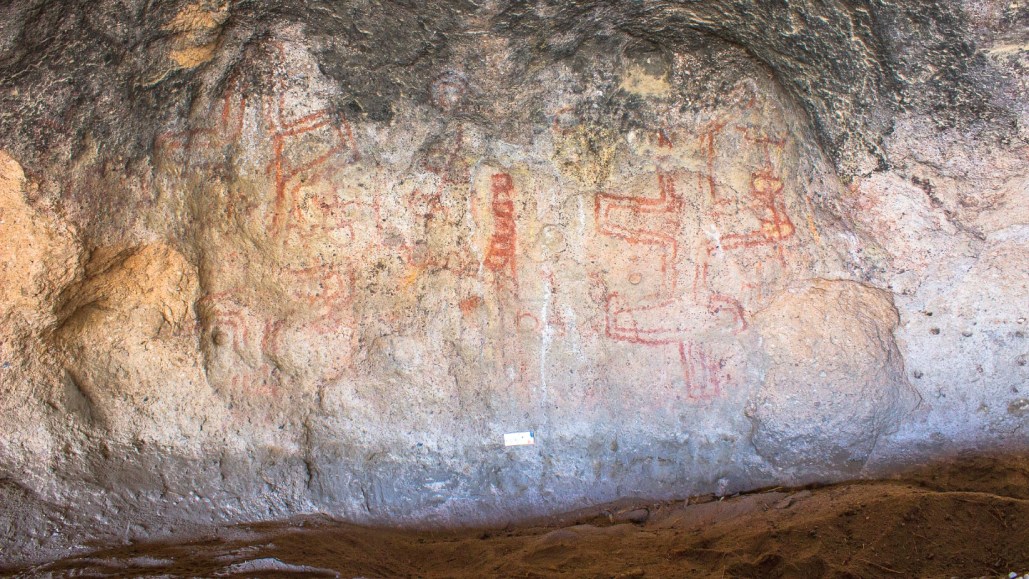Discovering the Remarkable Ancient Tradition of South American Cave Paintings

People may have begun creating cave paintings in the extreme south of South America approximately 8,200 years ago, which is several thousand years earlier than previous estimates based on ancient rock art in that region.
The dating of comb-like representations in an Argentinian cave suggests that they were part of a rock art tradition that spanned more than 3,000 years and ended about 5,100 years ago. This information was reported on February 14 in Science Advances by researchers. The researchers, led by archaeologist Guadalupe Romero Villanueva, indicate that ancient South Americans painted a multitude of designs on the cave's inner wall and a portion of its ceiling over an estimated 130 generations, presumably to maintain the cultural wisdom of local hunter-gatherer groups.
Initial research implied ultra-dry conditions resulted in a scarcely populated South America during this time. Researchers argued that small, scattered groups would have required a centralized location to visually preserve their ecological knowledge and rituals.
According to Romero Villanueva, the oldest confirmed dates for rock art in the Americas were obtained from the paint pigments used in the Argentine cave designs. By contrast, indirect dating of mineral growths on and underneath an Indonesian cave painting suggest it may be the oldest known rock art worldwide, possibly dating back 45,500 years (SN: 1/13/21).
Cueva Huenul 1, the Argentinian cave in question, is located approximately 1,000 meters above sea level in a desert area of northwestern Patagonia. Its inner wall and a section of its ceiling exhibit 895 painted designs, among them geometric shapes, cross-shaped lines, and depictions of humans and guanacos, a relative of the llama.
Romero Villanueva and her team from the National Scientific and Technical Research Council in Buenos Aires radiocarbon-dated small chips from four comparable, comb-like cave paintings. Of these, three resulted in reliable age estimates.
According to the dating of materials excavated within the cave, including guanaco bones with butchery marks, it is thought that humans first arrived at the site approximately 11,700 years ago. During periods when rock art was being produced, there is no evidence of hunting or any other everyday activities within the cave, reinforcing the notion that the cave evolved from a general-purpose location to a unique site dedicated to preserving cultural knowledge through the medium of painted images.




